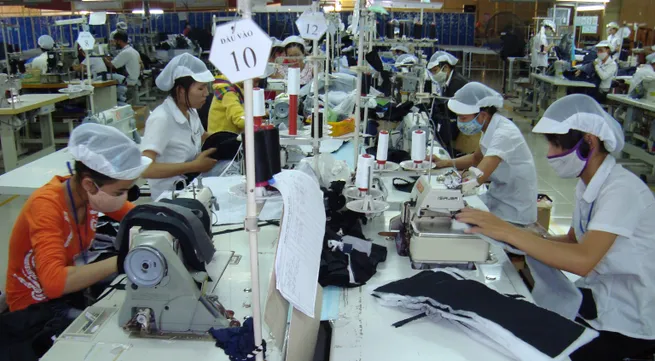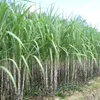Vietnam’s textile exports face challenges

This important industry is facing many challenges both locally and internationally. Businesses are concerned that the situation may worsen in the second half of the year.
The EU accounts for over 10% of the Garment 10 Corporation’s exports. But this market is falling sharply in value along with the number of orders, especially in the UK.
According to May 10 Corporation General Director Nguyen Thi Thanh Huyen, global demand declined nearly 2% in the first 6 months of the year. The United States alone decreased nearly 3.5%, while Japan fell by 4%. The EU was already decreasing, but the situation has also been spurred on by the UK referendum about leaving the bloc, meaning Vietnamese textile exporters are facing even more difficulties.
Nguyen Thi Thanh Huyen, General Director, Garment 10 Corporation said: "Currently Garment 10 exports to the EU fell about 10%. If the UK leaves the EU we might be directly affected by the exchange rate between the British pound, euro and US dollar. If the pound fell then garments exported to the UK would cost more, and we’d face difficulties. So we’re in double trouble.
Unit costs are falling meaning maintaining wages and ensuring profits has not been so easy. Vietnam’s textile exports reached 12.8 billion USD in the first half of 2016.
Pham Tien Lam, General Director, Duc Giang Corporation said: Total demand reduced, but inventories increased, customer orders are slower than previous years. Other years, we would be busy from March or April.
Export growth reached nearly 13% last year during this period, but this year’s figure a much more modest less than 6%. This shows that national competitiveness is not showing good signs while countries outside the TPP have quickly responded to Vietnam’s potential TPP advantages. The Indonesian Rupiah is at its lowest valuation since 1998. Indian rupee fell 10%. These countries have also reduced taxes, and slashed corporate income tax from 35 to only 20%. Meanwhile, Vietnamese enterprises face not only the pressure of international competition, but also many difficulties at home.
Le Tien Truong, General Director, Vietnam National Textile and Garment Group said: We’re facing great pressure from interest rates, transport costs and expenses including unofficial costs. Road transport costs have been particularly high in recent times, with the increases higher than petrol prices rises. This weakens our competitiveness. Interest rates have reduced but are still too high compared to other countries we’re competing with.
The Vietnam National Textile and Garment Group remain gloomy, claiming that they expect a decline in overall orders and exports to worsen in the remaining 6 months of the year.
Many textiles companies only have orders until July. Orders that were often signed by Vietnam could now be increasingly transferred to Bangladesh, a country with preferential policies more open than Vietnam. The sector’s export target of $31 billion dollars this year could prove hard to become a reality.
Tags:





